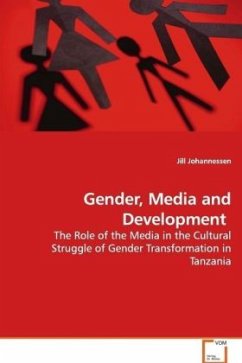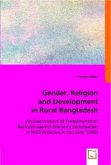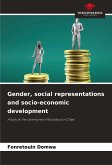The mass media sees social change through gendered
spectacles, which often puts women at risk of
negative representations. The author addresses how
gender is constructed in Tanzanian newspapers and
local television drama against the backdrop of
political and economic reforms. The movement from
socialist to capitalist principles, starting in the
mid 1980s, fueled public distress concerning the
effects of Western influence and commercialization on
local culture and morality. This book shows that
conflicts and tensions arising from this process
reverberate in the mass media, as can be seen in the
massive coverage of women as victims of gender
violence and sexual abuse, recurring images of women
as prostitutes, as well as the gold-digger girls.
This work offers an original contribution to research
on Tanzanian media and gender issues; linking
representations of women to power, empowerment and
development. With its explorative view and
comprehensive empirical analyses of cultural
representations, including examination of audiences
interpretations, this book will be essential reading
for students and scholars of communications,
development studies and women s studies.
spectacles, which often puts women at risk of
negative representations. The author addresses how
gender is constructed in Tanzanian newspapers and
local television drama against the backdrop of
political and economic reforms. The movement from
socialist to capitalist principles, starting in the
mid 1980s, fueled public distress concerning the
effects of Western influence and commercialization on
local culture and morality. This book shows that
conflicts and tensions arising from this process
reverberate in the mass media, as can be seen in the
massive coverage of women as victims of gender
violence and sexual abuse, recurring images of women
as prostitutes, as well as the gold-digger girls.
This work offers an original contribution to research
on Tanzanian media and gender issues; linking
representations of women to power, empowerment and
development. With its explorative view and
comprehensive empirical analyses of cultural
representations, including examination of audiences
interpretations, this book will be essential reading
for students and scholars of communications,
development studies and women s studies.








